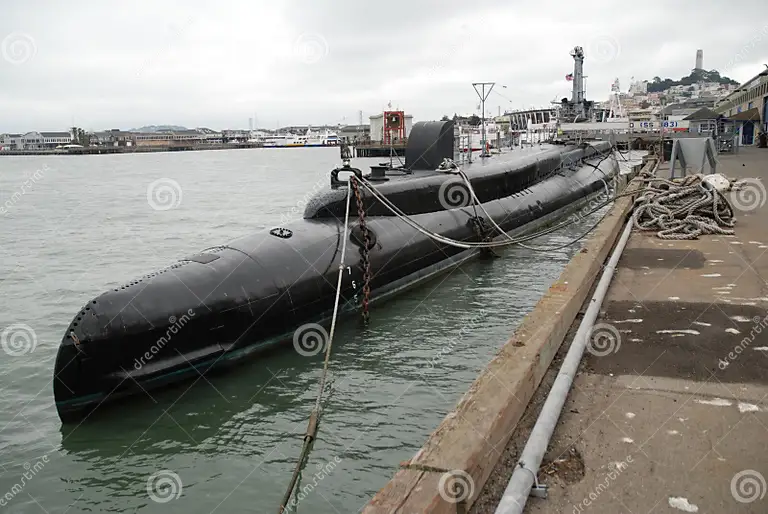
Rising Power Dynamics in the Indo-Pacific
The global maritime balance is shifting, especially evident in the Indo-Pacific. Once dominant, the US Navy’s presence is tapering off, while China’s naval modernisation, particularly in the South China Sea and Taiwan Strait, indicates its readiness to use force to achieve its goals.
In defense, regional powers like India, Japan, and South Korea have initiated military modernisations and expansions. Their focus includes acquiring advanced naval platforms, such as aircraft carriers, fifth-generation fighters, hypersonic missiles, and submarines.
However, Australia’s defense readiness lags due to bureaucratic and political delays. With the US Navy’s declining presence and the rise of other superpowers, Australia’s naval capabilities need an overhaul. To protect interests in the Indian and Pacific Oceans, Australia must significantly expand its naval strength.
US analyst, Peter Zeihan, suggests that the diminishing US Navy presence will lead to the end of globalisation. In the Persian Gulf, the decline of US naval deployments, initially to safeguard oil outflows to its allies, has been evident. This void is being filled by China, evident in their increasing interest in the Indian Ocean through initiatives like the Belt and Road Initiative.
Australia’s AUKUS agreement, aiming for nuclear-powered submarines, is a step forward. However, with the evolving regional dynamics, a comprehensive revision of Australia’s defense planning is imperative. Adequate funding for the Indian and Pacific fleets is crucial.
In conclusion, the Indo-Pacific is emerging as the world’s central geopolitical hotspot. With countries like China, India, Pakistan, and Thailand vying for dominance, Australia must shift from a limited viewpoint to a broader strategic perspective. The nation needs to adopt a more substantial, independent role, meeting the challenges and opportunities of this evolving landscape.



